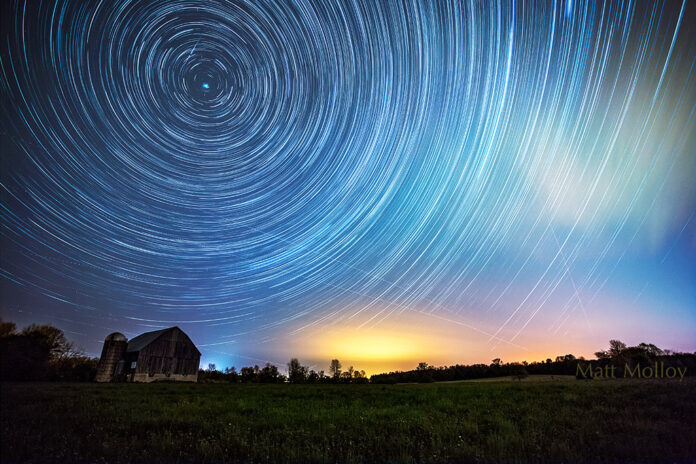The Perseid Meteor Shower, one of the most beloved celestial events in the Northern Hemisphere, is back for 2025—but moonlight may dim the dazzle.
Still, with smart timing and the right location, stargazers can catch some of the brightest meteors streaking across the sky.
Peak Dates and Moonlight Challenges
The Perseid meteor shower will be active from July 17 to August 23, with peak activity expected on the nights of August 12 and 13.
Unfortunately, this year’s peak coincides with a nearly full Sturgeon Moon on August 9, and by the night of the Perseids’ maximum display, the waning gibbous moon will be 84% illuminated and rise before midnight, flooding the sky with light.
This means that while the Perseids may still deliver some fast and bright meteors, most faint shooting stars will be drowned out by moonlight.
“It will effectively pollute the night sky with its light, making a trip to escape urban light pollution pointless,” reports LiveScience.
Best Viewing Times Before the Peak
Instead of aiming for the peak, experts recommend catching the Perseids earlier, between July 18 and 28. During this period:
- The last quarter moon on July 18 rises around midnight.
- A new moon occurs on July 24, creating ideal dark skies.
- A crescent moon sets early in the evening from July 25–28.
This window offers the darkest skies for 2025, making it the best time to catch a glimpse of the Perseids away from moonlight interference.



